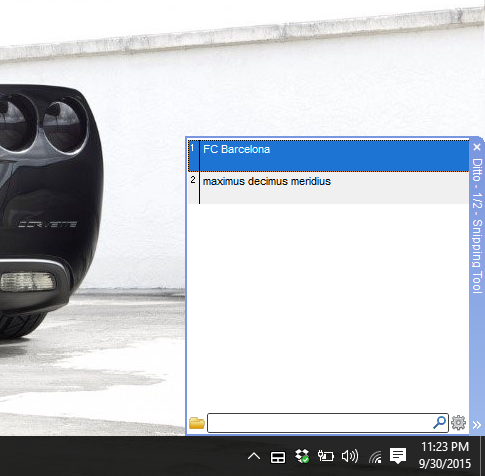We humans have come far that emulating the functioning of human body and complexities of vital organs is not a mere science fiction. Supercomputers have played a vital role in taking us further in realization of this dream, and the latest technological innovation by Japan’s National Cerebral and Cardiovascular Center is a testimony to that. Deemed as the first ever 3D simulation of a beating human heart that can be run on a normal laptop also, this innovation was made possible using advanced modern computer graphics technology (also used in ultra-realistic gaming). Now the application of this new 3D model could be priceless in medical field as doctors would be able to understand the functioning of heart with more accuracy and would also eliminate the need for operating the heart to eliminate the underlying problem.
The pulsating heart system has been developed in conjunction with RIKEN and according to its developers; as opposed to earlier methods of simulation this one uses a technology called shape matching. The heart model is divided into 7000 parts and each part contracts independently letting the software calculate the effect on heart due to all the possible contradictions. The 3D heart model is created by CT scan of the patient thereby making it possible to get a deep analysis of how exactly the muscle fibers are contracting. Additionally doctors can also stimulate tension from various angles and initiate heart attacks on the 3D model to see what the effect is. Clearly this technology will go a long way in identifying the probable anomalies in the ever so complex organs and help doctors and physicians in communicating with the patient on how to avoid any heart problems.
Comments





